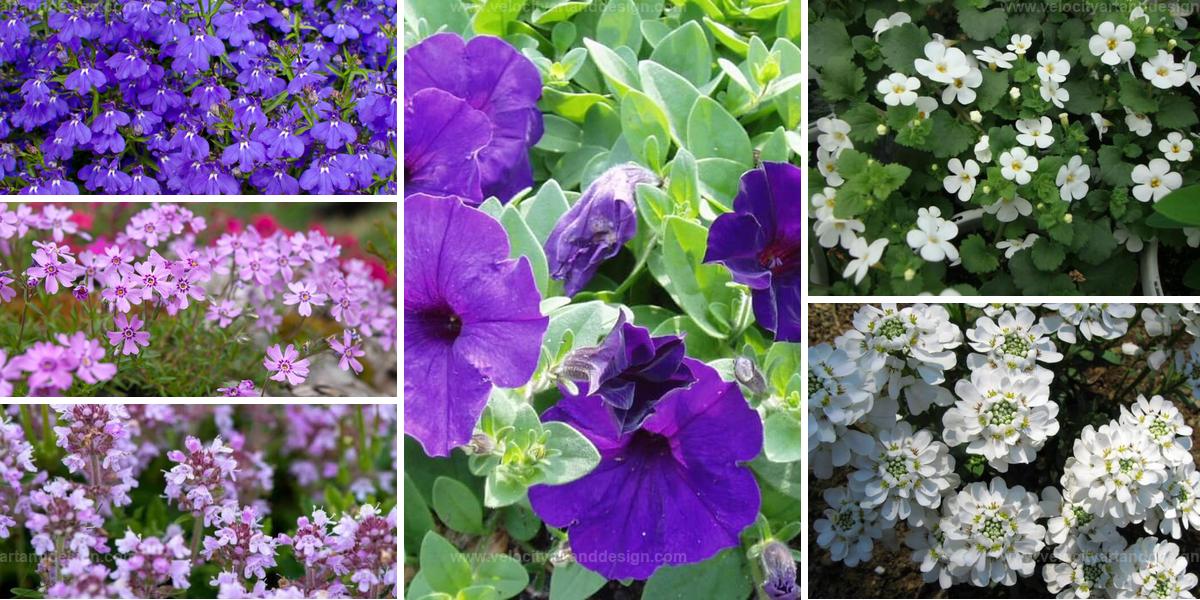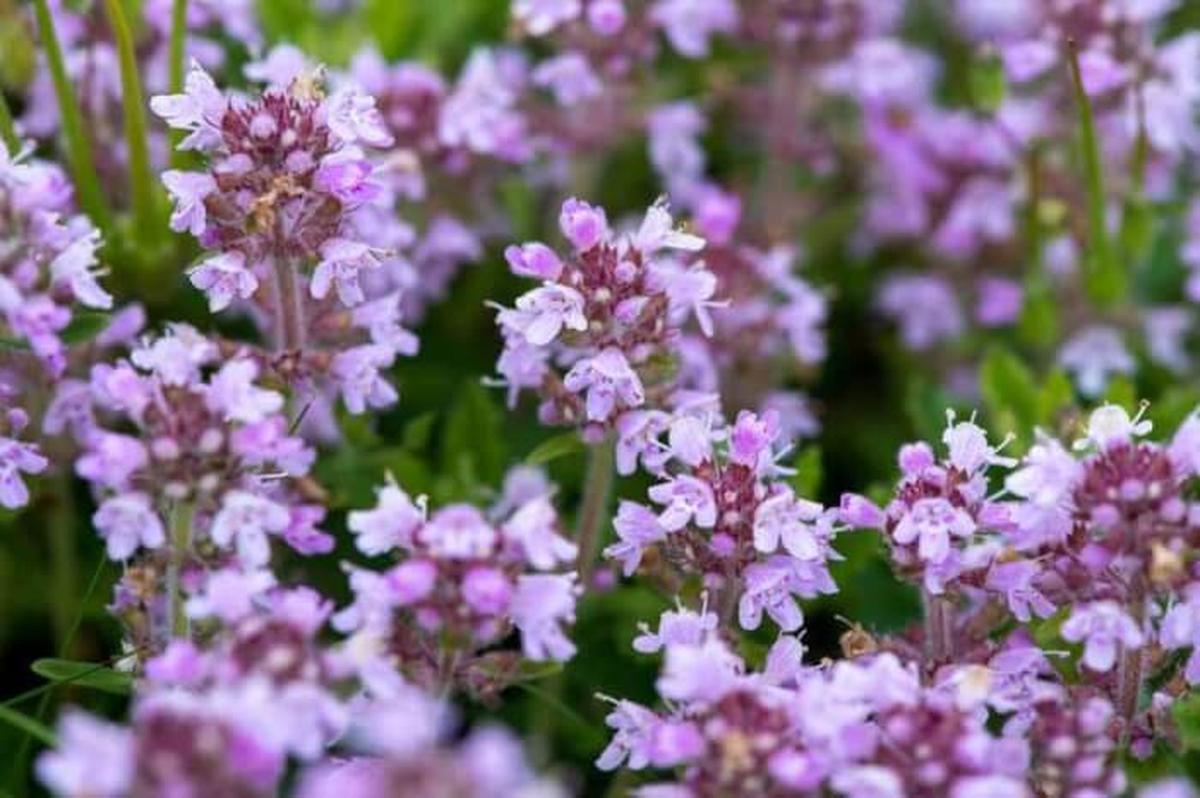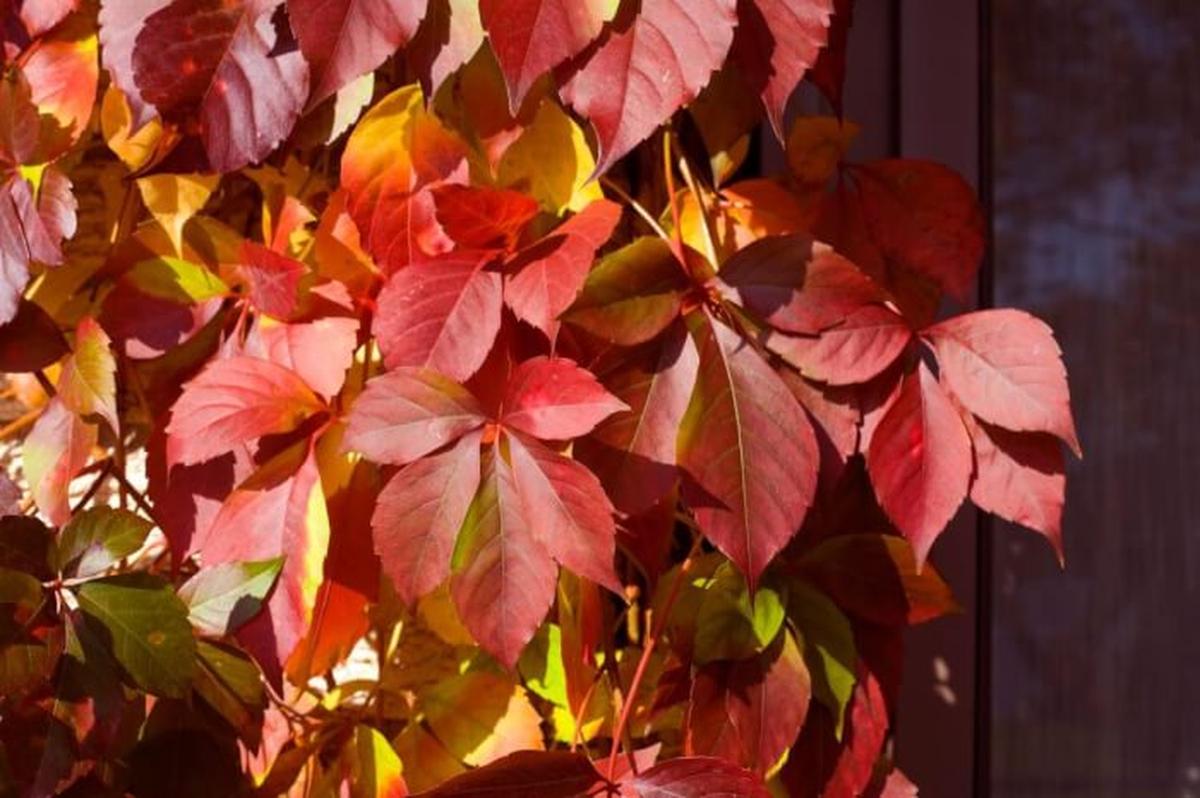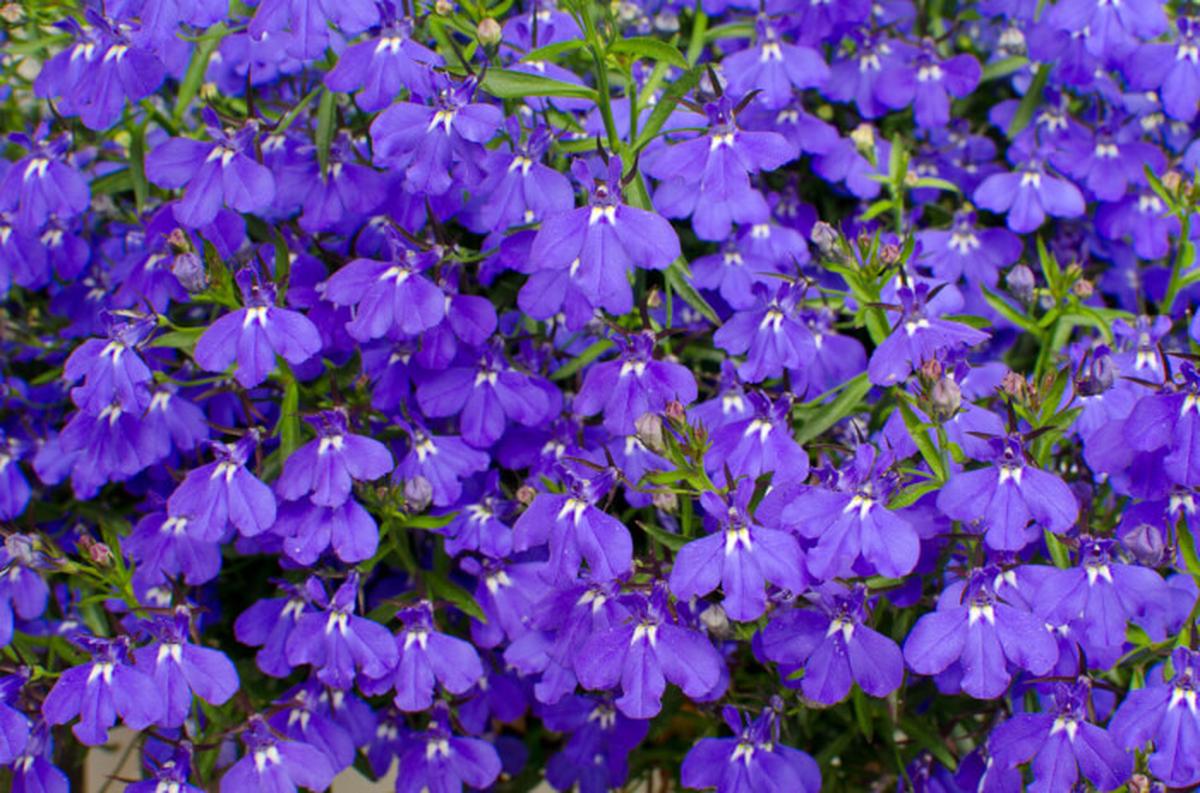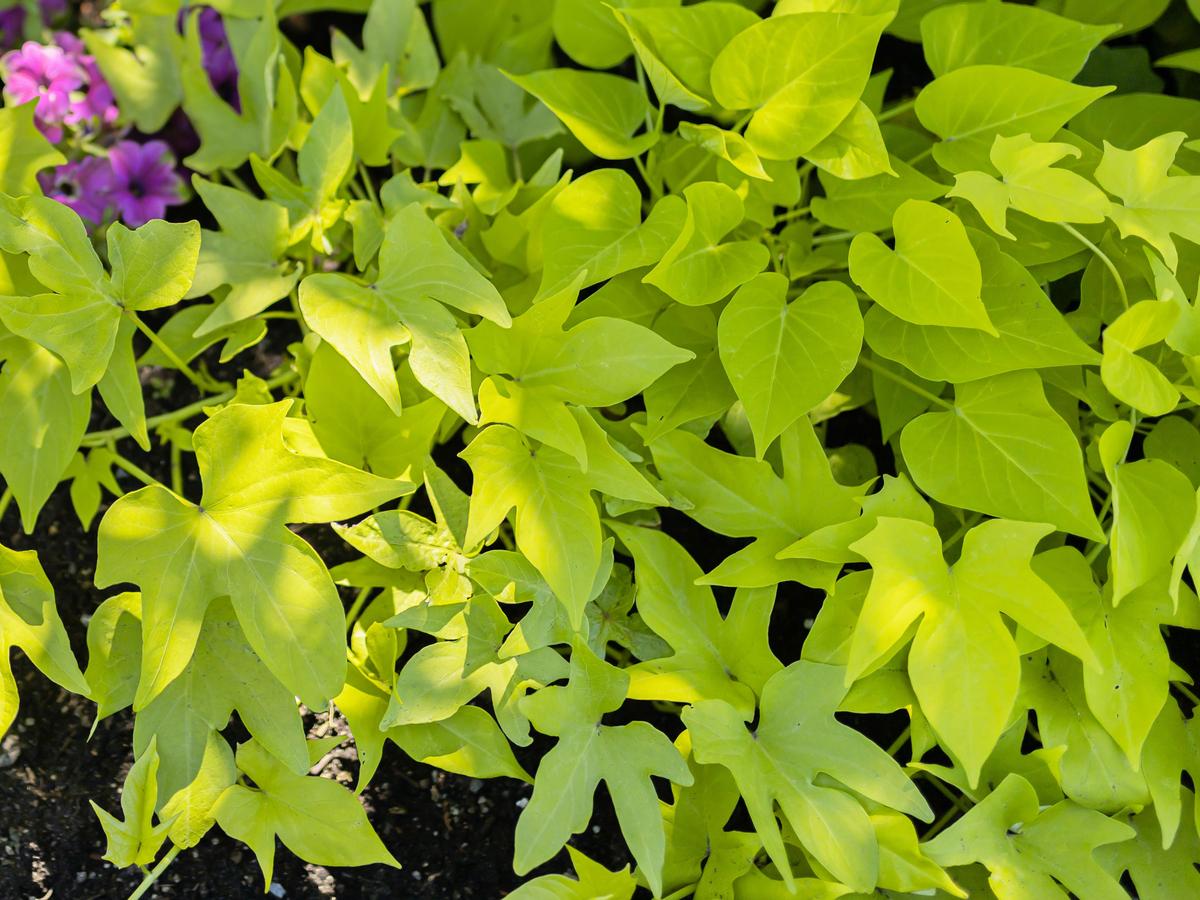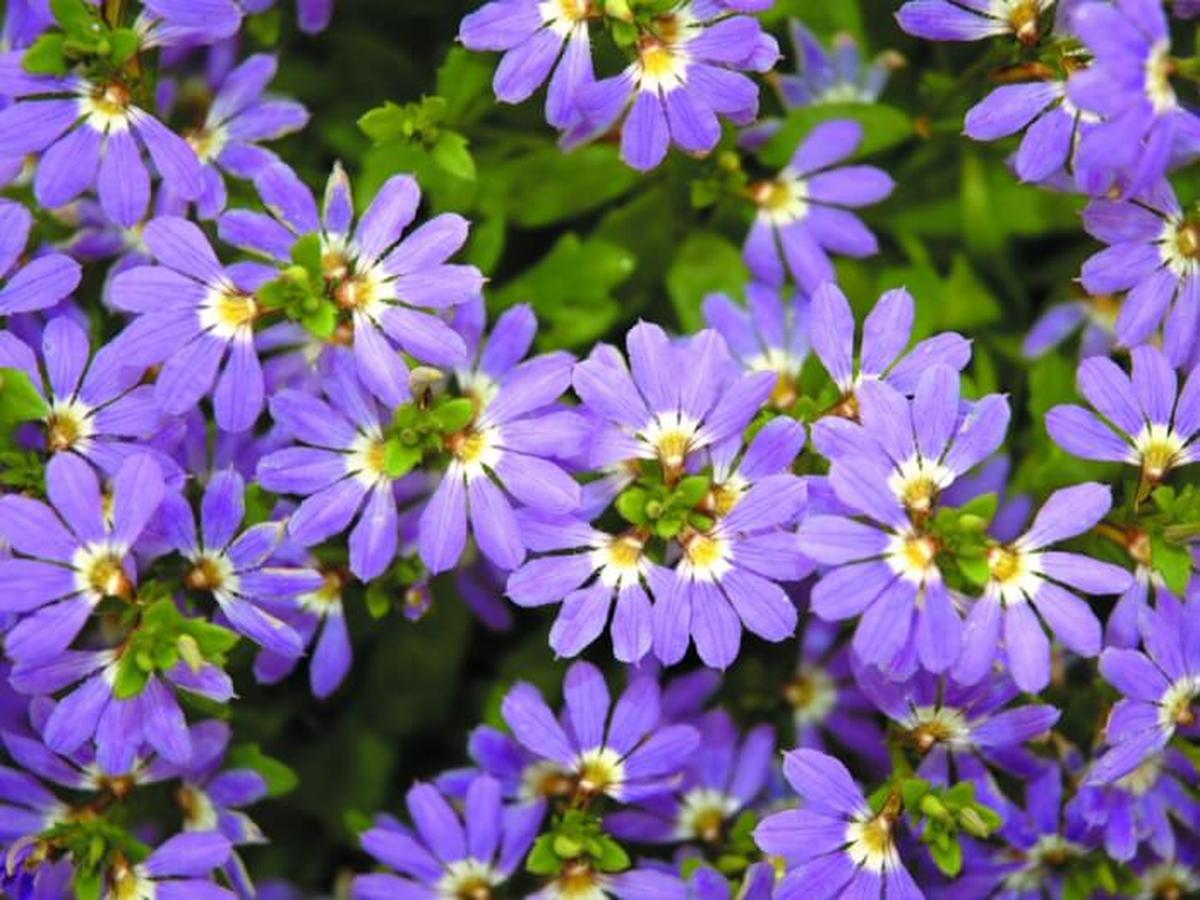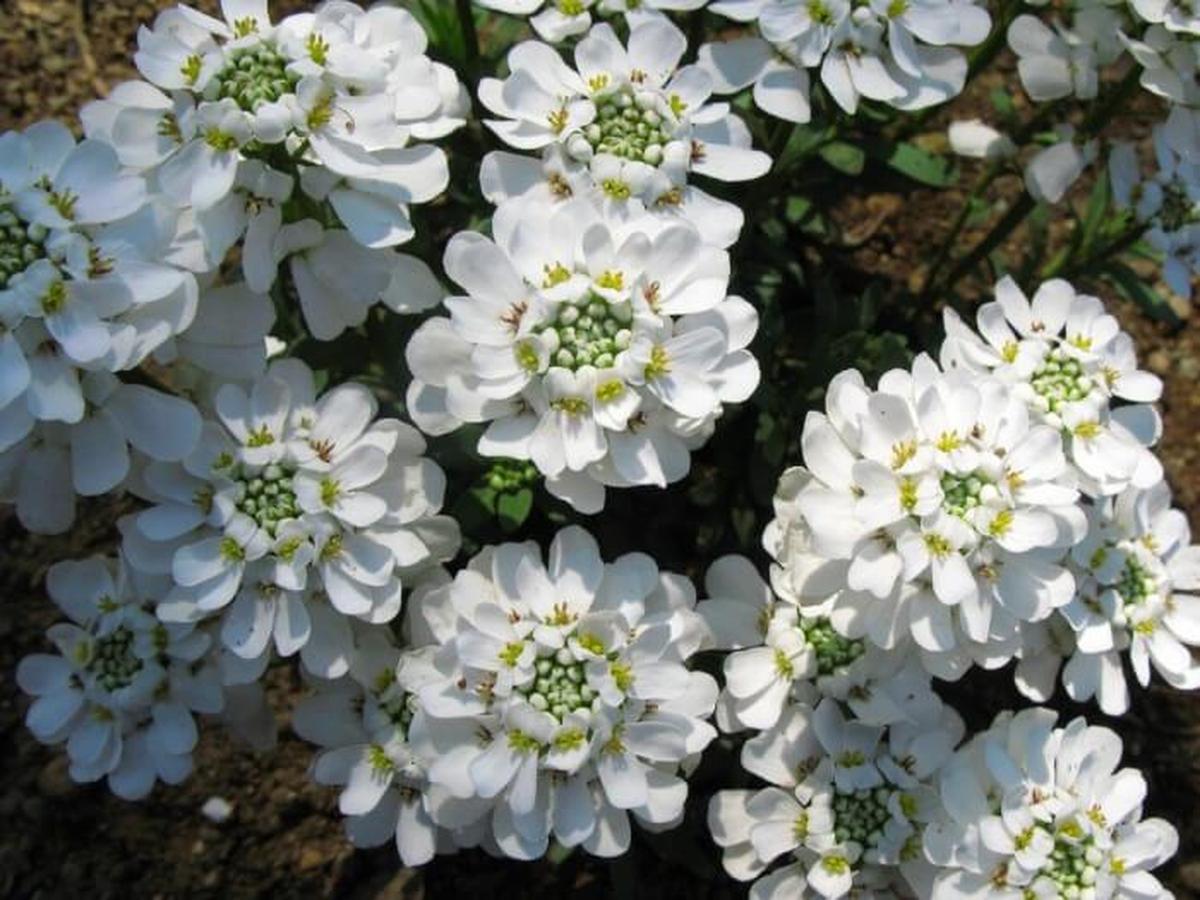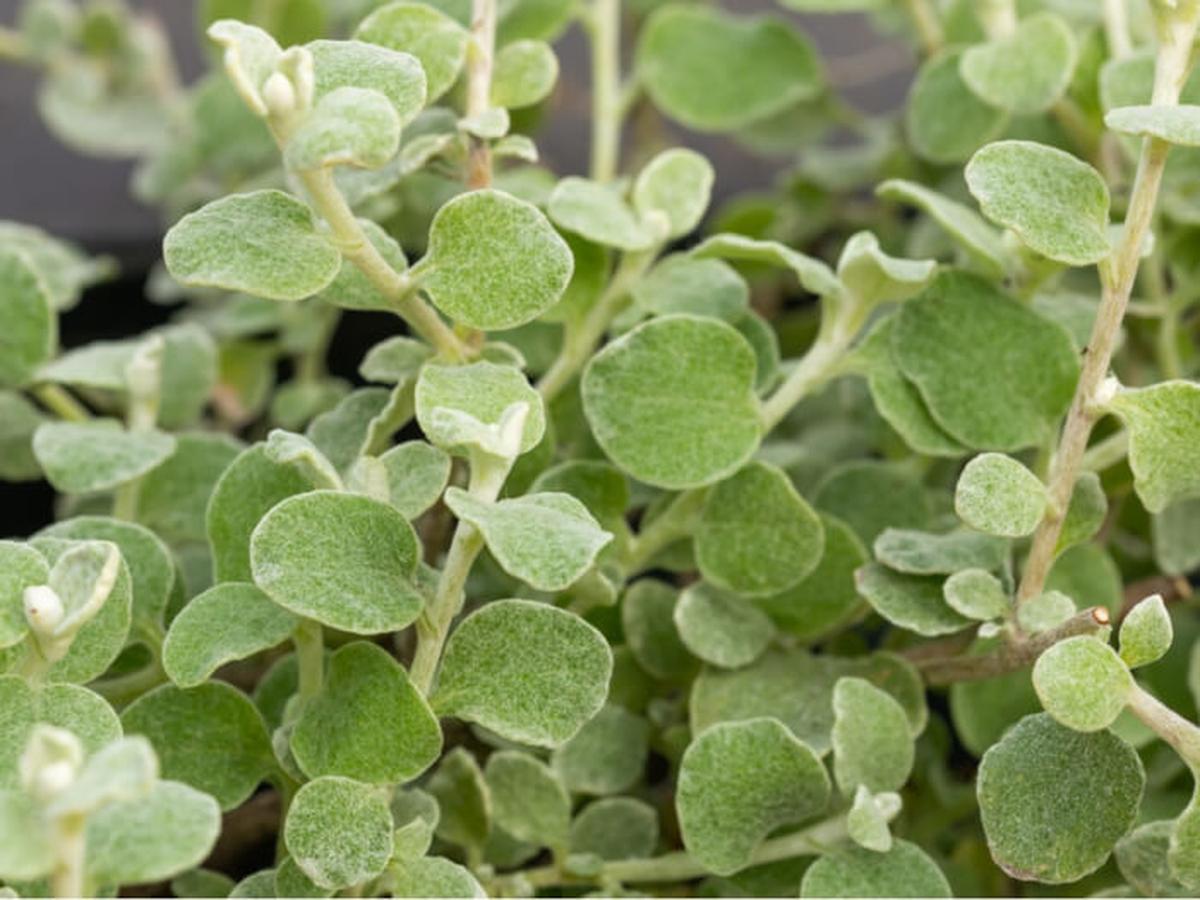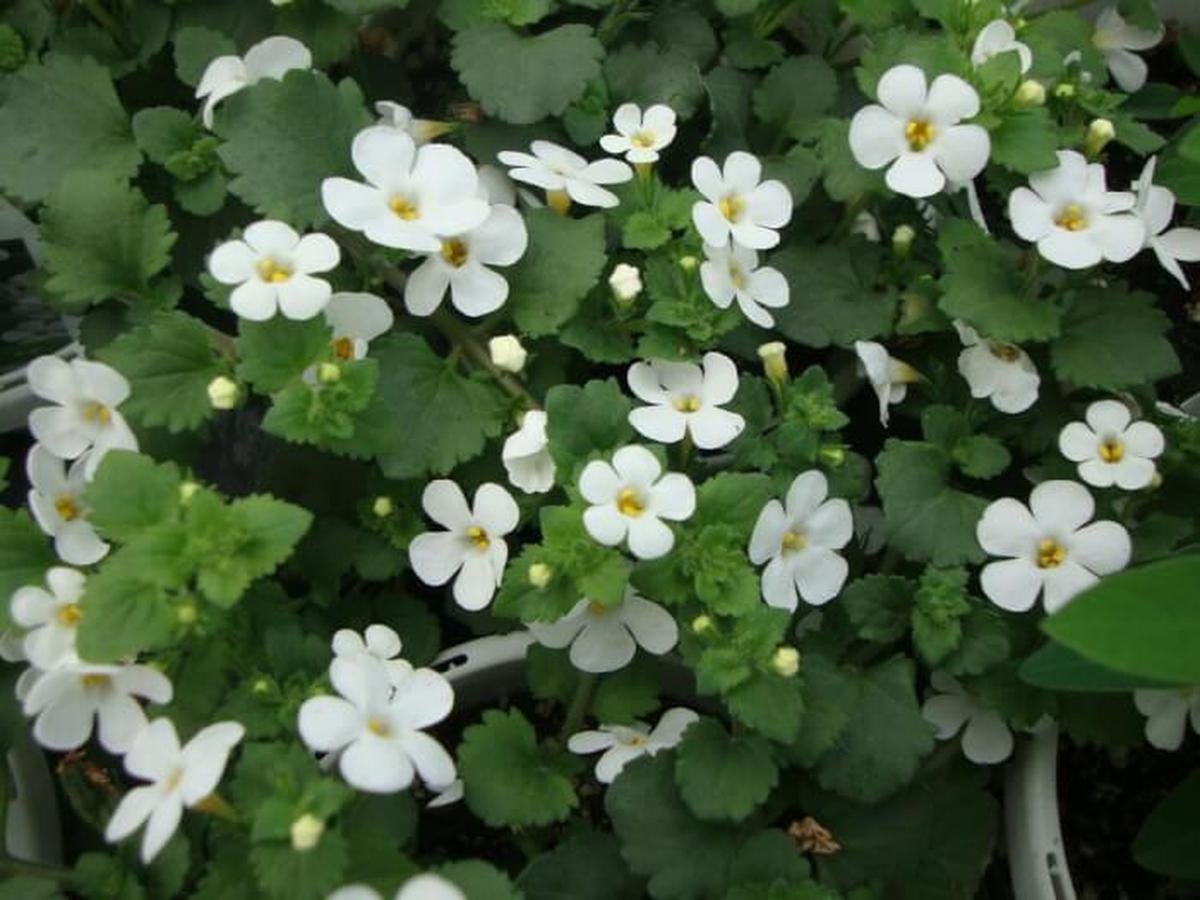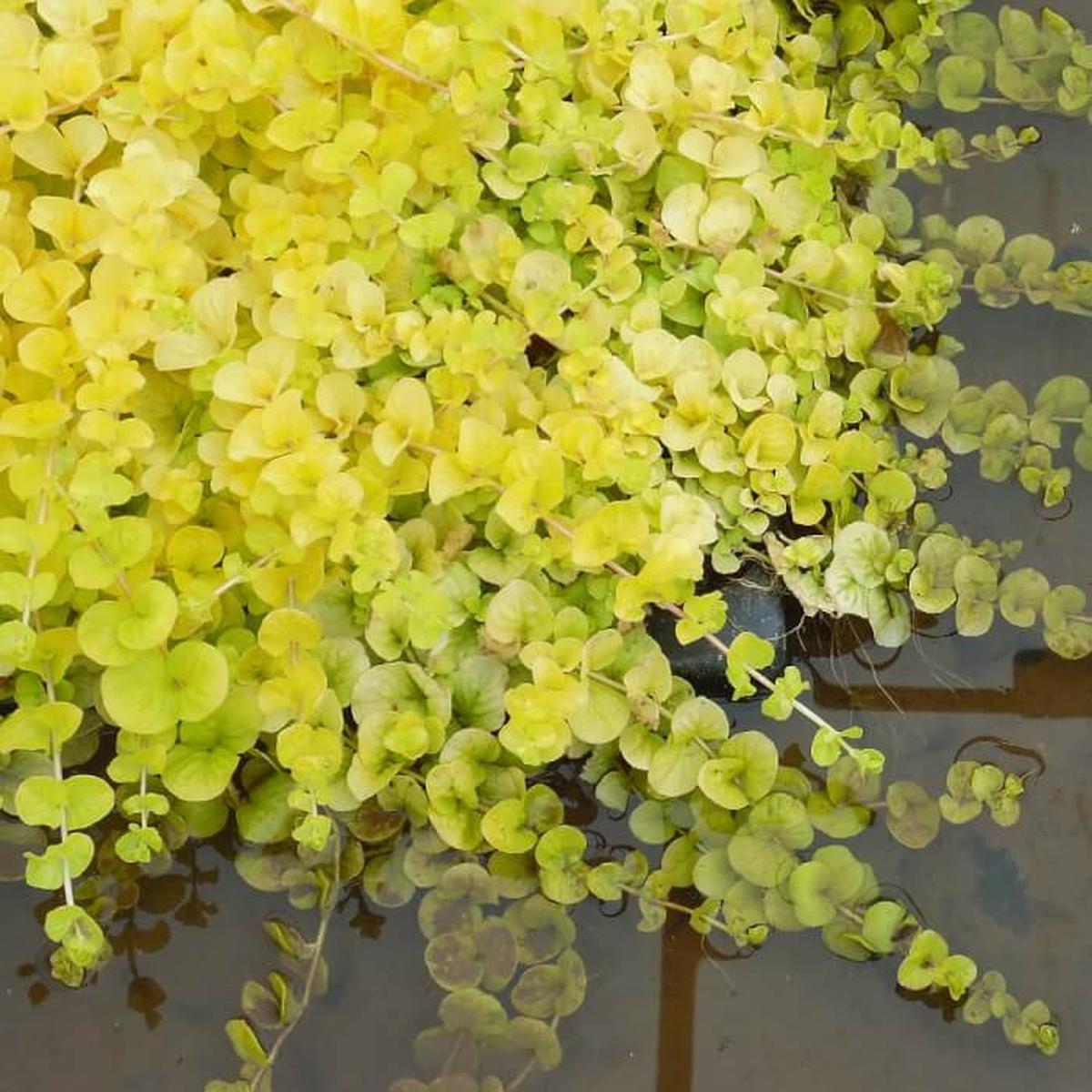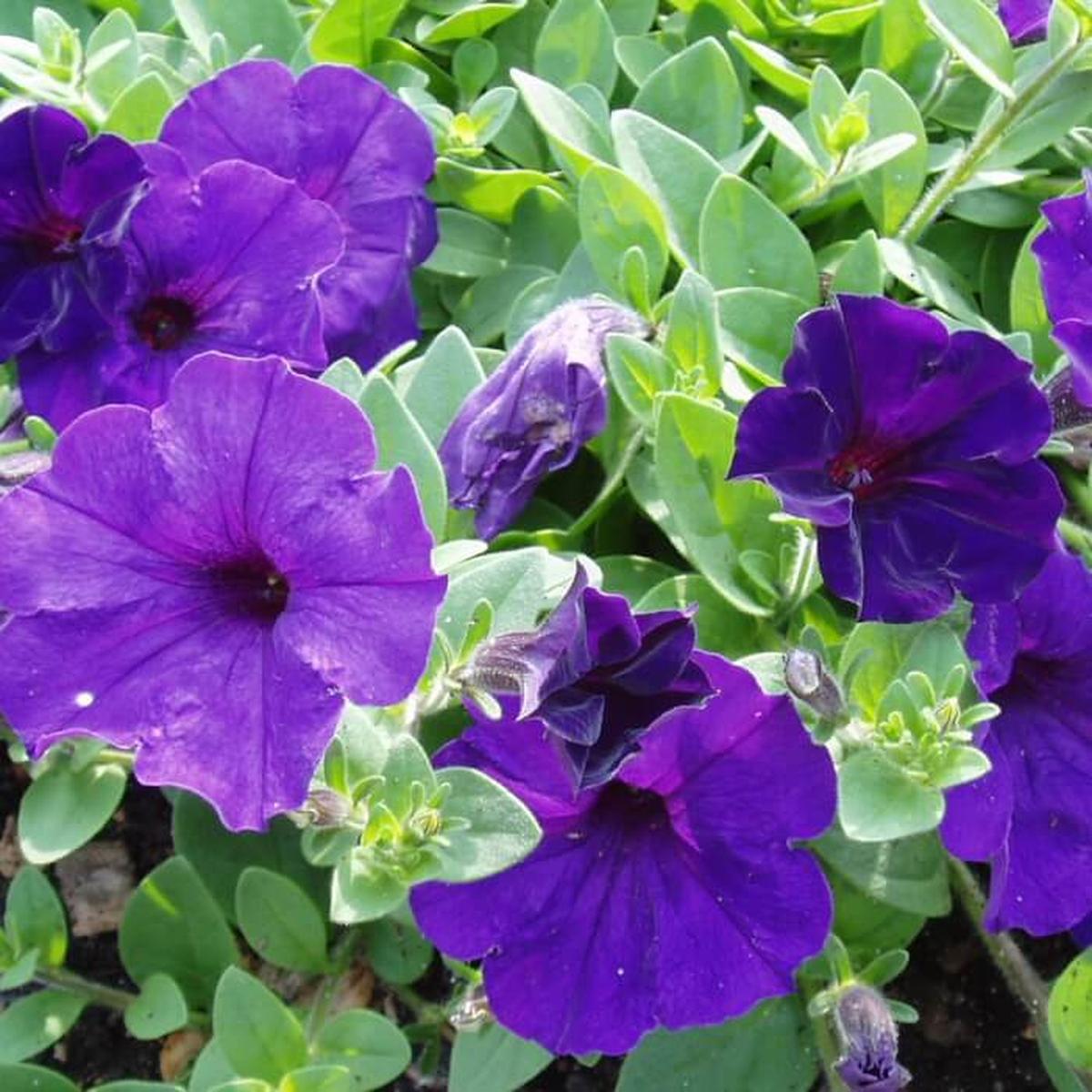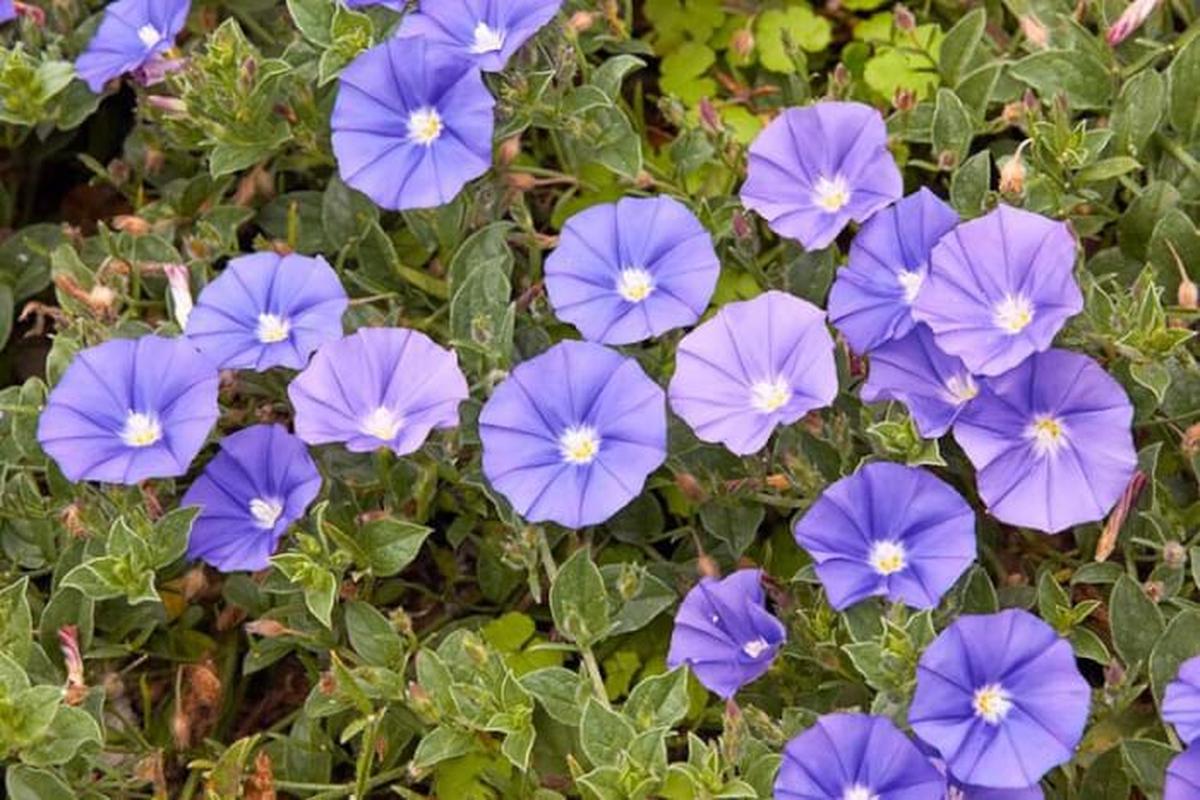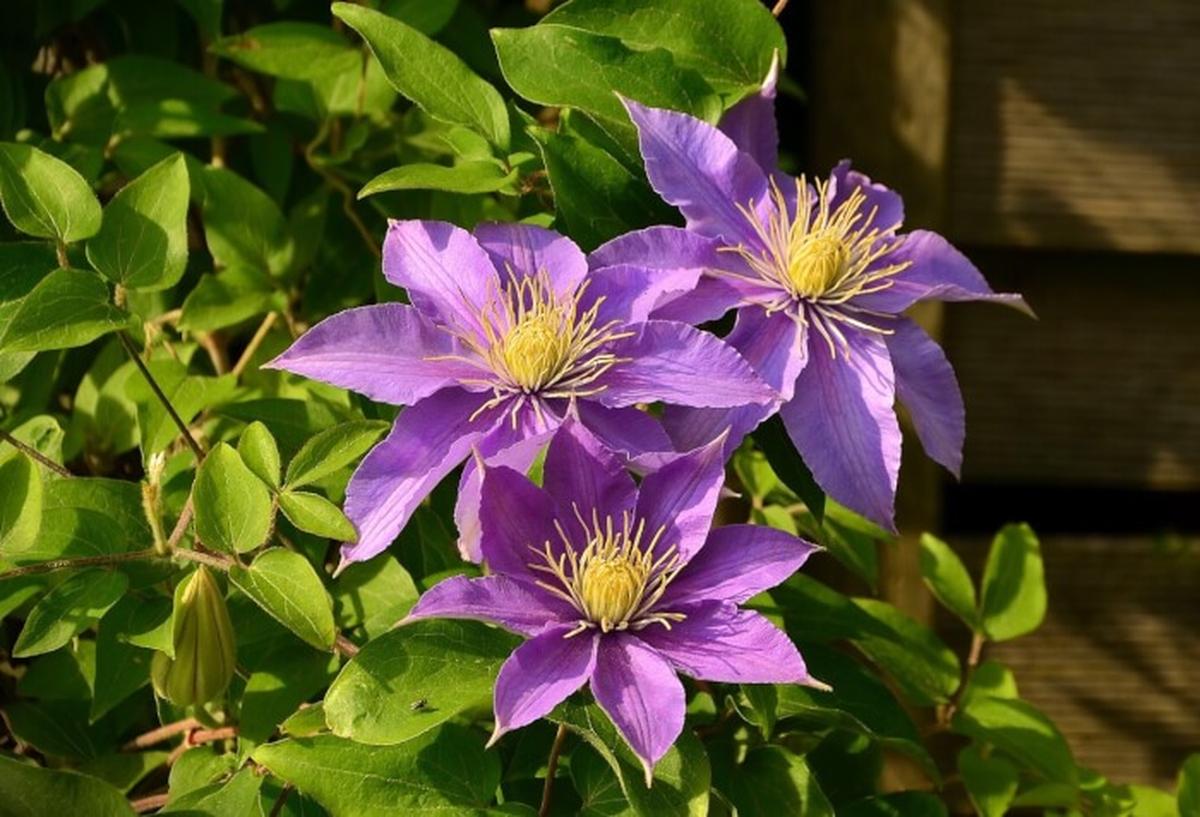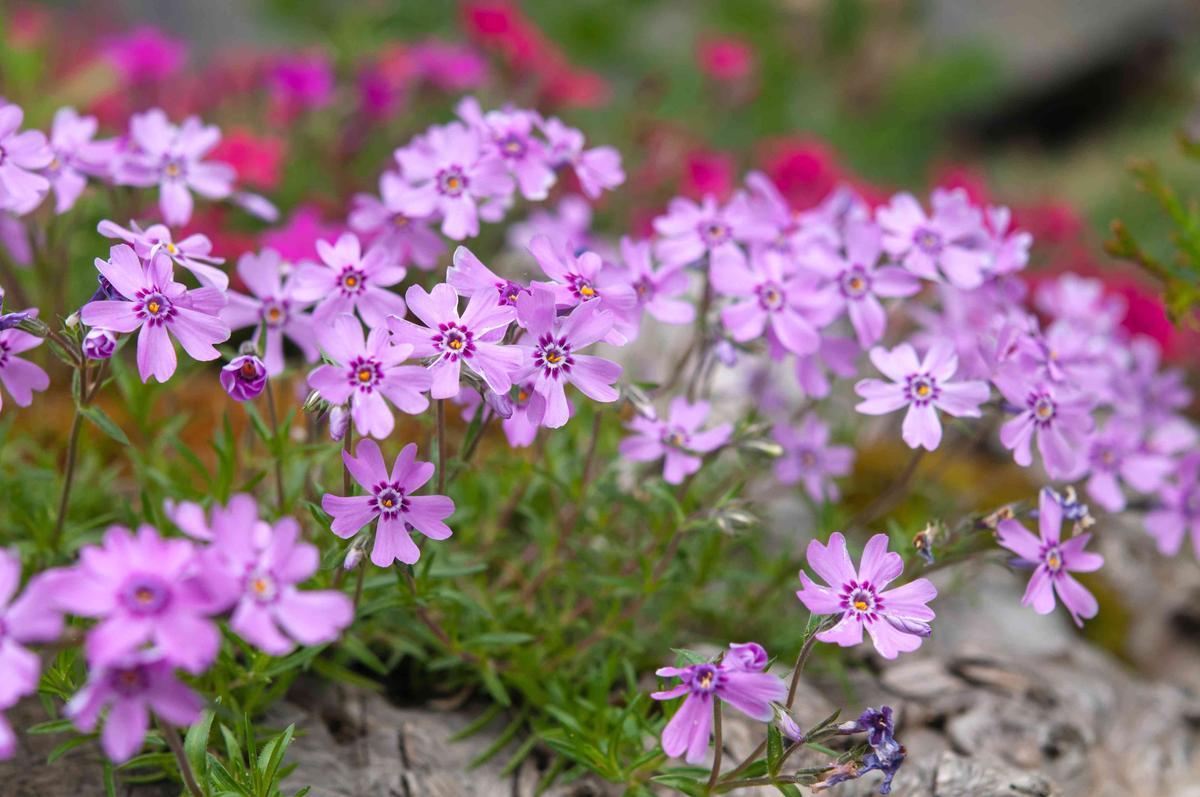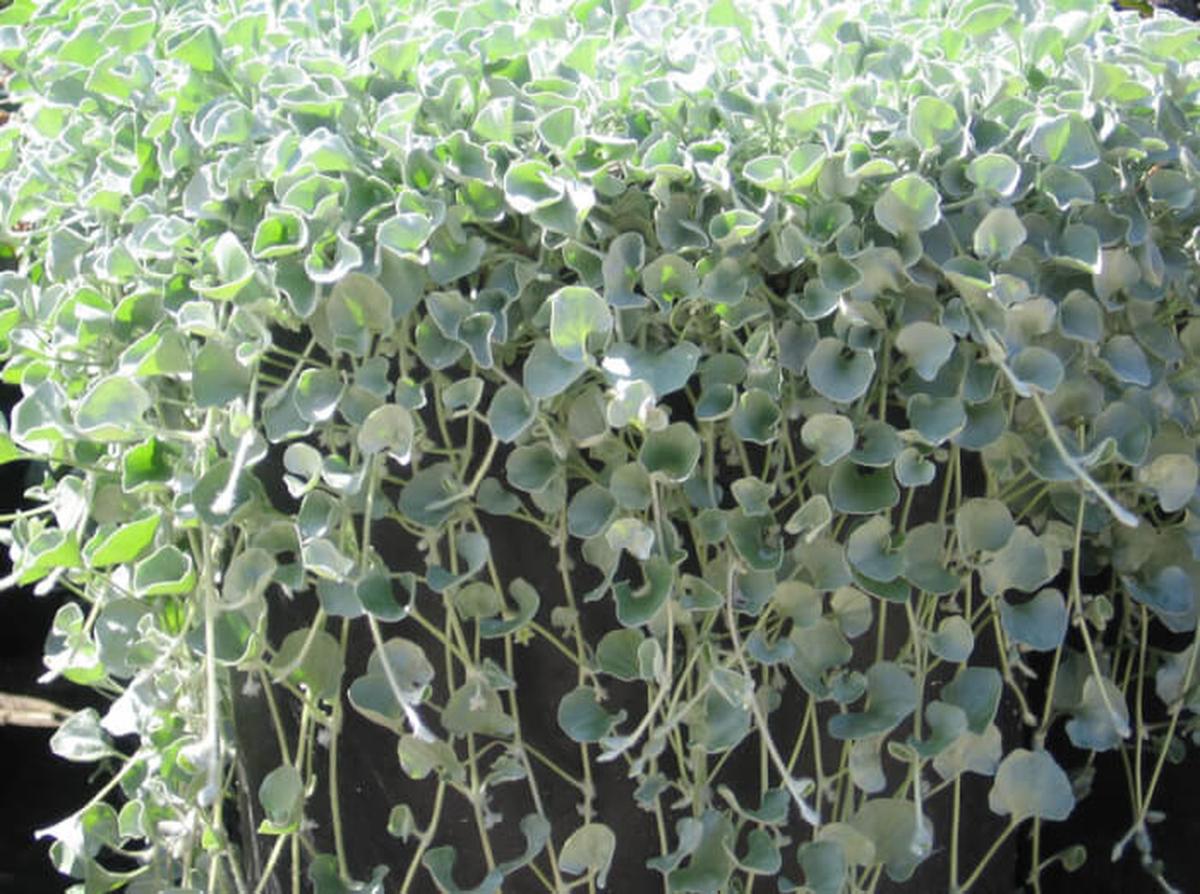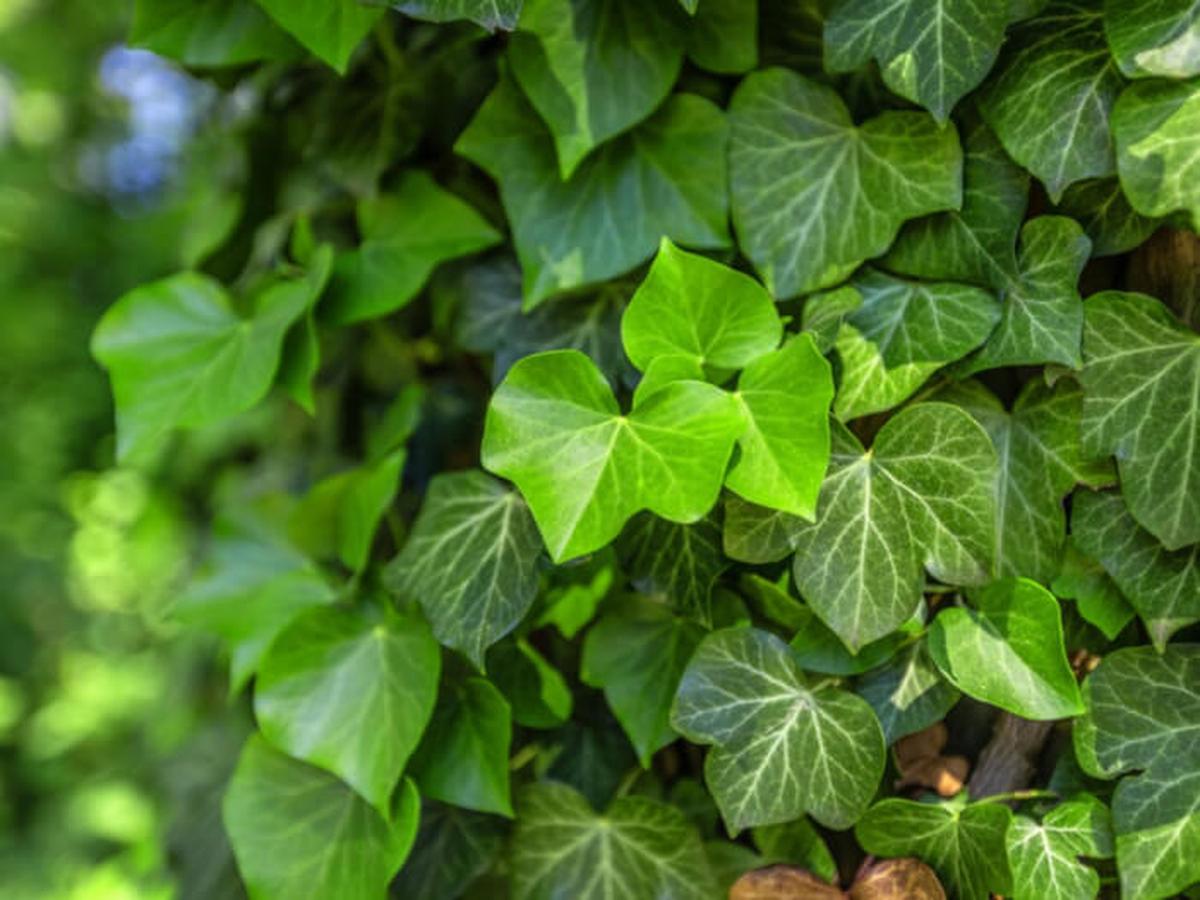15 Cascading Plants Ideal for Dressing Retaining Walls
Cascading plant types add visual flow and softness to retaining walls, creating a natural look that enhances any landscape. These plants grow gracefully over edges, blending stone or concrete with lush greenery for an organic aesthetic.
Each type fits well in small or large spaces, adding depth to sloped or tiered gardens. Many cascading plants are low-maintenance, providing lasting beauty with minimal care.
Their vibrant growth also supports soil health, preventing erosion on slopes. Here’s a guide to 15 cascading plants to elevate your retaining walls.
Creeping Thyme
Creeping thyme thrives beautifully in various garden settings, flourishing particularly well within zones 4 to 8.
With a modest height of around four inches, this plant adds subtle charm to landscapes.
From mid-spring through early fall, it delights with an abundance of two-lipped blossoms that create a vibrant display.
Its resilience and low growth make it ideal for ground cover or filling gaps between stones in pathways.
Virginia Creeper
Virginia creeper thrives in various climates, flourishing from zones 3 to 9. This impressive vine can reach heights and widths of up to 50 feet, making it an excellent climber on any available surface.
Its leaves start off with a striking purplish hue in spring before transitioning into a muted green throughout summer. As autumn arrives, the foliage transforms again, showcasing vibrant shades of purple or crimson red that add visual interest to your space.
With its hardy nature and stunning seasonal changes, this plant is a fantastic addition for anyone looking to enhance their garden or outdoor area.
Lobelia
Lobelia thrives in shaded areas, making it a wonderful choice for garden spots that lack direct sunlight.
This plant is well-suited to zones 4 through 8, providing versatility across various climates.
To maintain its health and appearance, regularly remove spent flowers; this practice promotes airflow and encourages further blooming.
By nurturing lobelia properly, you can enjoy its lovely display throughout the growing season while enhancing your outdoor space's aesthetic appeal.
Sweet Potato Vines
Sweet potato vines are a fantastic choice for gardens in warmer climates, thriving best in zones 6 to 8. These vigorous plants can reach impressive heights of up to 30 feet and spread out six feet wide.
In late spring, you will be greeted by lovely funnel-shaped flowers that display a charming purple eye against their white petals. Their olive-green leaves add an appealing touch to any outdoor space.
If you're looking for an easy-to-grow plant that brings both beauty and lushness, sweet potato vines might just be what your garden needs.
Fan Flower (Scaevola)
The fan flower, known scientifically as scaevola, thrives beautifully in warmer climates like zones 10 and 11. Its vibrant dark-blue blooms emerge from early spring and continue to flourish until the arrival of frost.
This perennial brings a lively burst of color to any garden space throughout its growing season. Caring for this plant is straightforward, making it an excellent choice for both seasoned gardeners and beginners alike.
With its long-lasting flowers, the fan flower truly enhances outdoor landscapes with minimal effort needed on your part.
Candy Tuft
Candy tuft thrives in a range of climates, specifically from zones three to eight. Early spring reveals its striking clusters of large white flowers that create an enchanting display.
This resilient plant not only adds beauty but also attracts pollinators, enhancing your garden's ecosystem. Ideal for borders or rock gardens, candy tuft brings life and charm to any outdoor space with minimal maintenance required.
Consider incorporating it into your landscape for a vibrant touch as the seasons change.
Helichrysum Petiolare
Helichrysum petiolare thrives beautifully in warmer climates, specifically in zones nine through eleven. Growing up to nine inches high and extending four feet long, this plant features striking gray-green foliage that adds a refreshing touch to any garden.
While the blooms are rare and only emerge starting from the second year, their white flowers offer an appealing contrast against its lush leaves. Gardeners looking for unique greenery will appreciate this resilient species as it establishes itself over time with minimal fuss.
You can enjoy watching its gradual growth transform your outdoor space into something special.
Bacopa (Sutera Cordata)
Bacopa, also known as sutera cordata, thrives in warmer climates and is a true gem for gardens. You can find this plant flourishing in zones 9 to 11 where it bursts into bloom with numerous small flowers showcasing an array of colors.
Keeping the soil consistently moist enhances its growth while providing some shade from harsh afternoon sunlight ensures optimal health. This resilient flower adds beauty and charm to any outdoor space, making it a wonderful choice for gardeners looking to brighten their landscapes effortlessly.
The combination of vibrant blooms against lush greenery creates an inviting atmosphere that truly captivates nature lovers.
Golden Creeping Jenny (Lysimachia nummularia)
Golden creeping jenny thrives in a range of environments, particularly flourishing from zones 3 through 9. Its vibrant yellow flowers bloom in early summer, adding a touch of brightness to any garden.
The standout feature is undoubtedly its rounded leaves that create an appealing visual texture. This plant typically reaches heights of around four inches, making it an excellent choice for ground cover or container gardening.
With its resilience and beauty, golden creeping jenny enhances landscapes effortlessly while providing charm throughout the growing season.
Wave Petunia
Wave petunias are a fantastic choice for vibrant gardens, thriving in zones 9 through 11. These plants can reach impressive heights of up to four feet, making them a striking addition to any landscape.
They flourish best in full sunlight and enjoy consistently moist soil for optimal growth. With an array of colors available, wave petunias bring life and cheerfulness wherever they are planted.
Incorporating these flowers into your garden design can create stunning visual displays that brighten outdoor spaces throughout the growing season.
Blue Rock Binweed (Convolvulus Sabatius)
Blue rock binweed, scientifically known as convolvulus sabatius, flourishes in warmer climates ranging from zones 7 to 9.
This plant typically grows to a height of about six inches while spreading out to two feet wide.
During the summer months, it delights with its lovely funnel-shaped flowers that bloom in shades of lavender-blue.
While full sun is ideal for its growth, this resilient species can also adapt to partial shade conditions without losing its charm.
Clematis
Clematis is a stunning climbing plant that thrives in various climates, specifically zones 4 through 9. Depending on the specific variety you choose, it can grow anywhere from a modest height of around six feet to an impressive twenty feet or more.
Throughout most of the year, especially from early spring until late fall, this beauty rewards your garden with abundant blooms. This versatility makes clematis not just a choice for gardeners but also an enchanting addition to any outdoor space.
You’ll find joy in watching its vibrant flowers flourish and enhance your landscape throughout multiple seasons.
Creeping Phlox
Creeping phlox thrives in a range of climates, specifically from zones three to nine. This resilient plant can extend its reach up to two feet wide, making it an excellent choice for ground cover.
In the heart of spring, you will be greeted by vibrant blankets of tubular blooms that add color and life to your garden space. Its ability to adapt makes creeping phlox a favored option among gardeners seeking beauty and low maintenance.
Cultivating this lovely flower enhances any landscape with its cheerful display during the blooming season.
Dichondria Silver Falls
Dichondra silver falls is an eye-catching choice for garden enthusiasts, thriving in warmer climates with a preference for sandy soil. It can spread impressively, reaching widths of up to 4 feet while maintaining a modest height of around 4 inches.
The plant's rounded leaves exhibit a striking metallic sheen that adds visual interest throughout the seasons. During late spring and early summer, it produces subtle greenish-yellow blooms that blend seamlessly into its foliage rather than dominate the landscape.
This resilient beauty flourishes best under full sun exposure, making it ideal for those sunny spots in your outdoor space.
English Ivy
English ivy is a versatile climbing plant that thrives in various environments. Growing up to 80 feet tall and spreading as wide as 90 feet, it can transform any space into a lush retreat.
Initially, its leaves exhibit three to five lobes with a rich dark-green hue. As the plant matures, these lobed leaves give way to smooth-edged varieties while maintaining their vibrant color.
In early autumn, expect charming greenish-white flowers followed by striking blue-black berries once they fade away. This resilient option flourishes best in shaded areas across zones four through nine.

